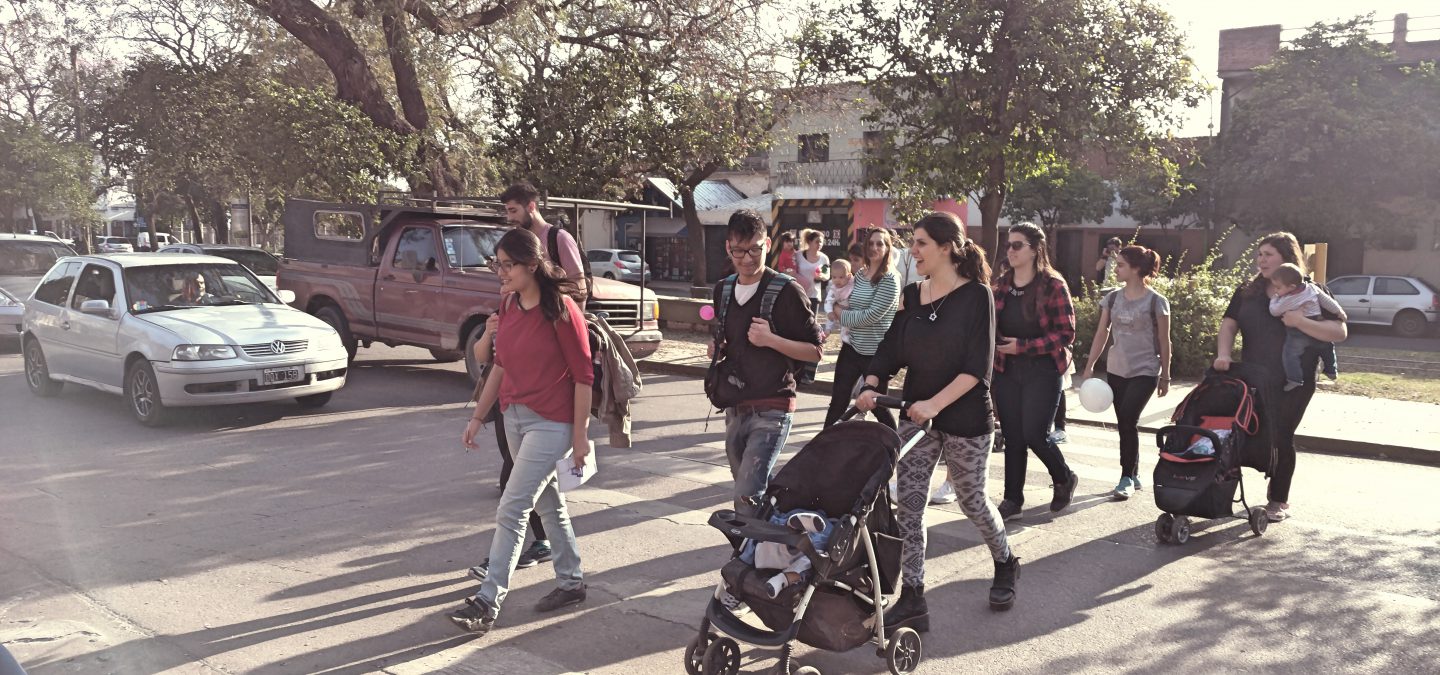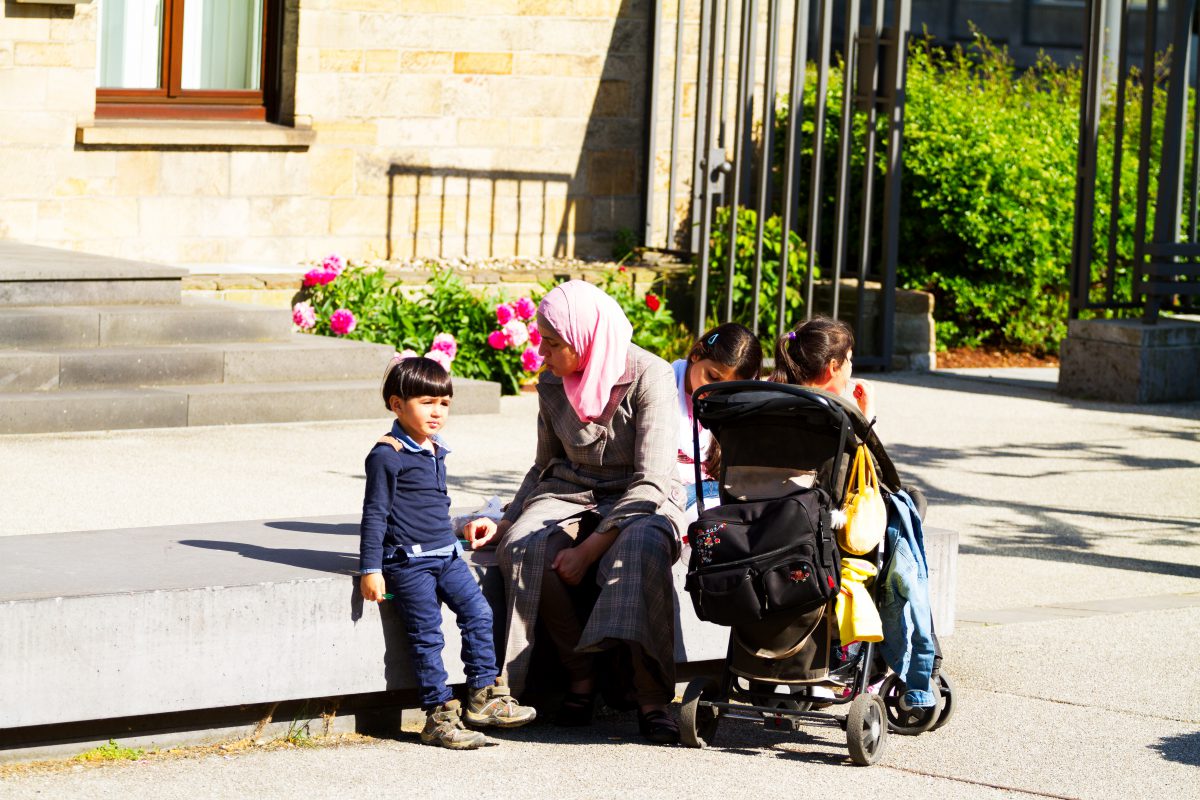
Keep up with our latest news and projects!

For a couple of decades, the “popsicle test” – can your kid go out for a popsicle and get back safely before it melts – has been proposed as a test of how liveable a city neighbourhood is for kids.1 This makes sense, for kids old enough to go out on their own to get a popsicle. You might be happy for them to do that if they are, say, 8 years old. But not if they’re 18 months.
What equally simple test could tell us about a city’s liveability for younger kids – young enough to have to go everywhere with a caregiver, whether toddling or being carried or pushed in a stroller? Think of the places you might go with a stroller-age child: to parks, preschools or healthcare. How long does it take, how easy is it, and what quality of experience do you and your child have along the way? We could call these questions the “stroller test”.
Musing on the stroller as a proxy for liveability a few years ago, Mark Funkhouser – ex-mayor of Kansas City – observed: “A city that’s a good place to raise children is generally just a good place, period. Parents want to raise their children in places that are safe, clean and attractive, that enjoy a sense of charm and place, and that have lots of fun and interesting stuff going on. Who doesn’t want that? It sounds like the very definition of liveability.”2
 Amenities such as benches on the route shorten relative distances
Amenities such as benches on the route shorten relative distances
A stroller test would measure, firstly, how far parents have to travel to get to everyday services. Pregnant women, babies and toddlers need, for example, to visit doctors and nurses more often than most people, whether for routine check-ups or accidents and illnesses. As any parent knows, young children have a short range of mobility – travelling anywhere takes longer – so, ideally, essential services should be located near to where people live.
Next: How difficult is the journey? Are the sidewalks wide, level and shaded from the sun? Are they cluttered with rubbish and parked vehicles? Are there dropped kerbs? If your route crosses busy roads, how convenient and safe are the crossings? If your destination is far away, how stroller-friendly are your public transport options? Does provision for bikes on the city streets allow you to feel confident that you can cycle safely with your infant on board?
The ease of the journey links to the quality of the experience. Is all your attention absorbed by identifying potential dangers and wrestling your stroller around obstacles and over rough terrain? Aspects of the built environment that facilitate stroller use will also tend to work for the elderly and disabled, whether in wheelchairs or using walking aids. Does your route have public bathrooms or places to sit and rest, perhaps with a cup of coffee?
For young children, issues of safety and physical health matter, especially as their bodies and brains are more vulnerable to pollution. How easy is it, for example, to wait at a bus stop without your child breathing in exhaust fumes from idling vehicles?
Beyond this, young children experience public space differently – things look, sound and feel very different to babies and toddlers than they do to adults and older children. Every experience is a potential learning experience. Are there interesting things for a young child to see, touch and listen to? Do everyday journeys contain any exposure to nature, even if only a grassy verge in the shade of a tree, or a small patch of mud in which to poke a stick around?
These may seem like trivial considerations. They are not. Neuroscientists tell us that the brain develops at its most rapid pace in life’s earliest years, with lasting impacts on physical and mental health and the capacity for learning. The way in which caregivers interact with babies and toddlers in everyday life is critical: when parents talk, sing, and play with their babies, they help to build a healthy brain that is well wired to learn and to interact with others.
The built environment in a neighbourhood can have major impacts on caregiver-child interactions. When moving around with your young child, are you stressed by the hassles involved with getting where you need to go? Or are you relaxed and chatting, pointing things out to them, encouraging their curiosity and answering their questions? Does your neighbourhood have places that invite you to spend time outside, interacting with other caregivers while children explore?
For young children, especially, the child-friendliness of a city is about local neighbourhoods much more than the central business district. Urban planners and political leaders could learn a lot about liveability by going into neighbourhoods and walking around with a stroller.
This article belongs to a series of stories about the city at eye level for kids! You can access the full book online in PDF or pre-order your hardcopy to be delivered to your home.
Get your book here